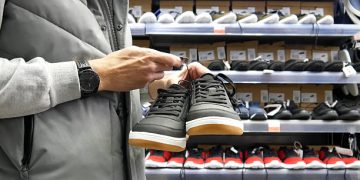American athletic footwear and apparel giant Nike has announced it expects to incur approximately USD 1 billion in additional costs due to current tariff policies. The projected cost increase is prompting the company to further diversify its supply chain and adjust its pricing and cost management strategies to navigate the challenging trade environment.
“These tariffs represent a new and meaningful cost headwind,” said Matthew Friend, Nike’s chief financial officer, during the company’s quarterly earnings briefing held on Thursday. Friend emphasized that the company intends to “fully mitigate the impact of these headwinds over time” through a combination of strategic sourcing shifts, operational efficiencies, and selective price adjustments.
According to the company’s latest figures, nearly 60 percent of all Nike-branded apparel was produced last year in Vietnam, China, and Cambodia, while Vietnam, Indonesia, and China accounted for 95 percent of its footwear manufacturing. Despite acknowledging the ongoing importance of China within its global supply base, Nike is planning to gradually reduce the share of footwear imports into the US from around 16 percent to a high-single-digit percentage by the end of fiscal 2026. The company plans to increase production in other countries to strengthen its supply chain resilience and reduce exposure to tariff-related risks.
To offset some of the expected additional costs, Nike will introduce a “surgical price increase” for its products in the US market starting this fall. Friend also highlighted that the company will pursue corporate cost reduction measures aimed at improving efficiency and protecting profitability.
Nike’s recent financial results reflected the pressures the company is facing. Net income for the fourth quarter fell sharply by 86 percent to USD 211 million, the lowest quarterly profit the company has recorded in over three years. Revenue also declined 12 percent year-on-year to USD 11.1 billion, impacted by higher costs and softer consumer spending in key markets.
Despite the current challenges, Nike’s leadership remains focused on adapting its global sourcing strategy, strengthening cost controls, and finding new opportunities for growth in an increasingly complex trade and manufacturing landscape.
#SupplyChainNews #TradeUpdate #GlobalSourcing #BusinessNews #TariffImpact
















